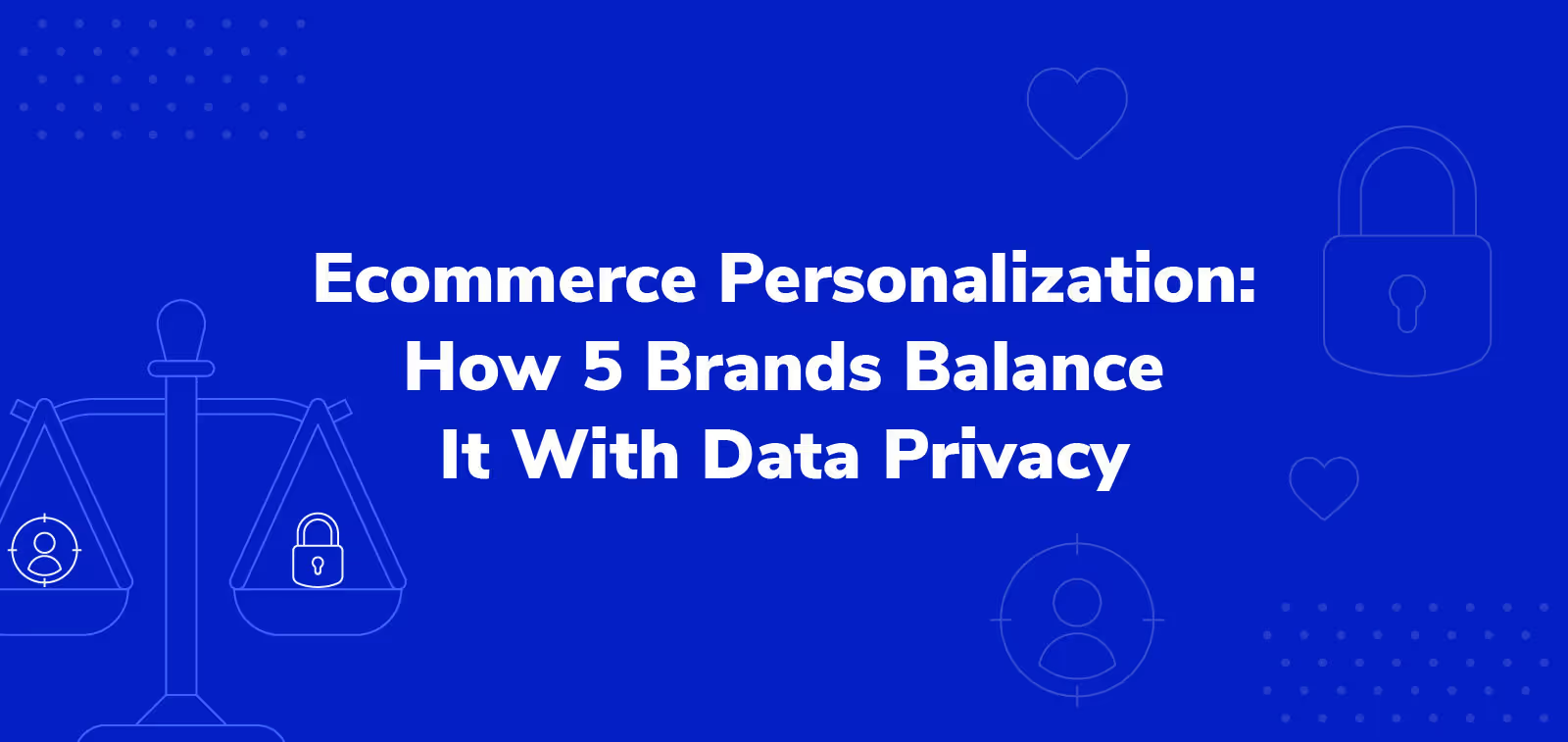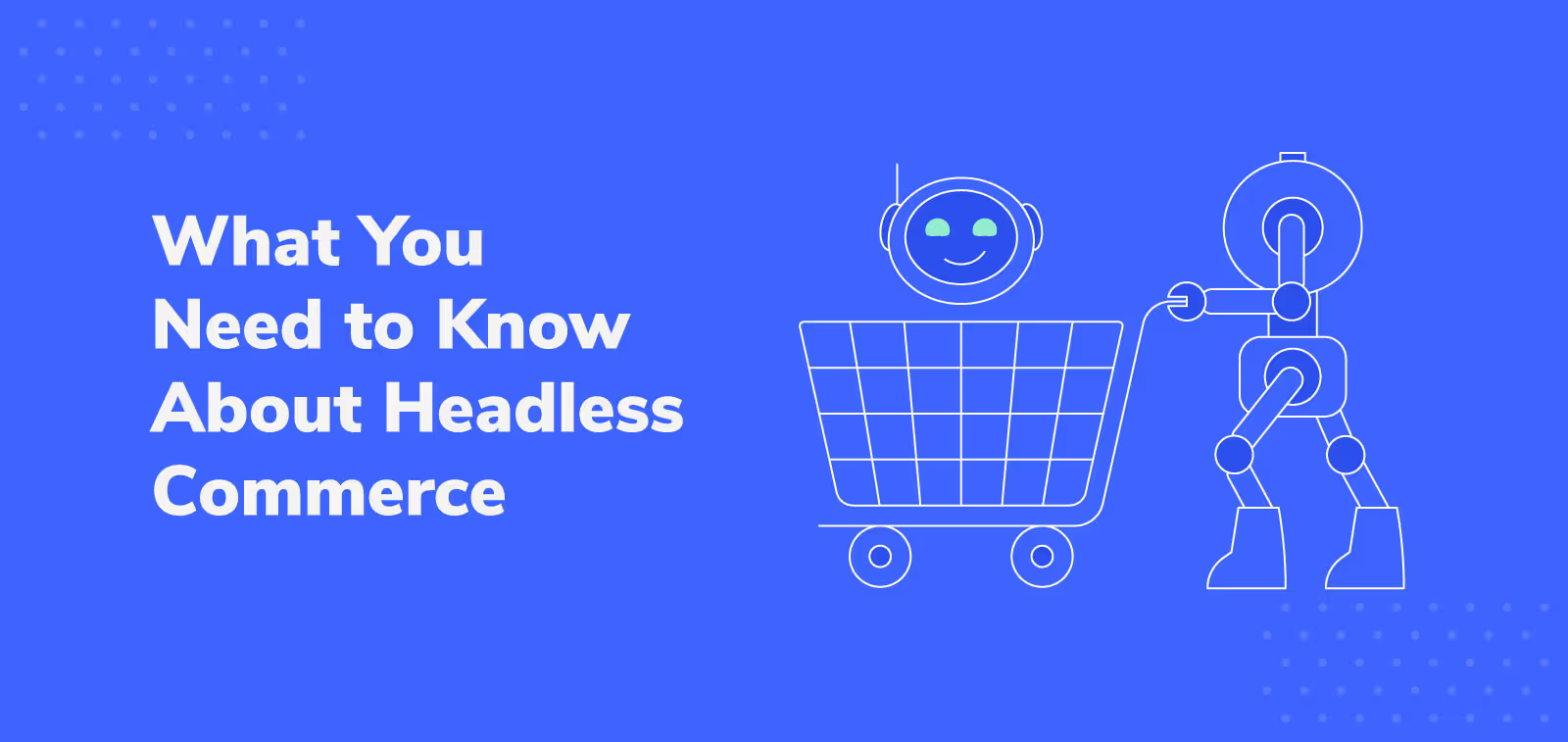Value-Added Services Drive Loyalty & Revenue — Here's How to Get Started

In every brand’s never-ending quest to increase revenue and drive customer loyalty, they’re bound to experiment with different services and technologies that aim to bring in more customers. But the problem is that many customer acquisition strategies overlook one crucial phase of the customer journey: servicing.
Without special attention on keeping existing customers happy, merchants run the risk of losing them all together. Think about it:
- How many customers never buy from you again because they don’t know you offer a new product that meets their needs?
- How many customers had an issue with your product, but they never let you know?
- How many switch to your competitor, and you spend countless dollars on retargeting ads?
This is where value-added services come into play.
Value-added services keep customers in your ecosystem and using your products. These are things like free shipping, personalized product recommendations, and product protection.
There are many services you can implement to help drive ecommerce growth, and as such, it can be hard to know where to start.
Finding the right value-added services for your business and customers
There are dozens of value-added services available to help your business reach its goals and improve the customer experience, and it might be hard to know where to start.
To begin your selection process, you must first answer three questions:
- What business goals am I trying to drive?
- How will my margin be impacted?
- What do I hear from my customers?
What business goals am I trying to drive?
Whenever you seek a new solution to enhance your customer experience, it’s important to always ground your process in what you’re trying to achieve.
Factor in time to look at your company’s performance and identify areas for improvement. For example, are you driving a lot of traffic to your website, but customers aren’t buying? You may want to focus on a value-added service that improves conversion rates.
But don’t stop at purchase — an effective strategy for adding value and improving the customer experience considers the entire post-purchase lifecycle:
- How many purchases come from existing customers? (repeat purchase)
- Are your CSAT scores hurting your brand? (customer satisfaction)
- Are known product issues limiting organic brand advocacy? (product use)

Each value-added service drives different business goals — so assess what you need first.
How will my margin be impacted?
The next factor to consider is how your profitability might be impacted by the value-added services you elect to add.
Each value-added service has different implications: some charge for access to their platform like Yotpo or Active Campaign. On the flip side, most will help you drive revenue, but some might also help eliminate costs — like Loop and Extend.

Analyze your cash flow and see which value-added service(s) would be best suited for you based on your business goals and objectives.
What do I hear from my customers?
The final — and perhaps most important — factor you must consider is how your customers will be impacted. You’re probably already listening to your customers to understand what they need. Offering value-added services can be a terrific way to demonstrate that you’re paying attention to what they’re saying in support calls, customer reviews, recommendations on social media, etc.
In particular, pay attention to what might create a negative experience for your customers.
To help identify the most urgent needs from your customers’ point of view, you could collect feedback from social media, review sites, customer support tickets, etc., and create a word cloud to better visualize the most urgent needs.
How to sequence value-added services to increase revenue and improve customer satisfaction
Once you’ve assessed your business goals, needs, and customer feedback, it’s important to also consider the macro dynamics in the market and how customer expectations are changing.
Consider product shipping. Free shipping was previously seen as a huge incentive to drive customer purchases. But now it’s an expectation, with 66% of consumers expecting free shipping on every purchase they make online.
As customer expectations continue to evolve, merchants must keep up by offering value-based services that improve the customer experience and improve loyalty.
Frictionless returns and deferred payments
The first two value-added services your ecommerce store needs are frictionless returns and deferred payments or buy now, pay later (BNPL).
An easy returns process for products that don’t meet customer expectations or get damaged during shipping is a powerful post-purchase opportunity for building customer loyalty. In fact, Narvar found that 96% of customers who are happy with a brand’s return process would buy from them again.
Similarly, 50% of surveyed consumers say it’s important to have flexibility in being able to spread out their payments with BNPL.
If you don’t yet have these two foundational value-added services, you may be running the risk of customers looking for an alternative merchant that does.
Product protection
A working product is the best way to box out competition. If there’s no need for a customer to look for a new product, then there’s no opportunity for a competitor to snag them away from you.
So when a customer accidentally damages your product, how do you keep them in your ecosystem and motivate another purchase?
Modern product protection builds brand advocacy, leading to repeat purchases and referrals. Our internal data shows that customers who purchase Extend’s plans from a merchant partner repeat at a rate 4.5% higher than customers who haven't purchased a plan from that merchant.
Additionally, product protection is a pure profit play. The incremental revenue you earn with it can be invested in other value-added services.
Loyalty programs
After you’ve set up the first few essential value-added services that drive conversions and initiate repeat purchases, it’s time to incentivize customer loyalty through a loyalty program.
Loyalty programs allow you to create a system that tracks customers preferences, likes, dislikes, and needs. And they’re highly valuable: 80% of surveyed respondents say loyalty programs motivate them to stay with a brand. Moreover, 73% of respondents are willing to recommend brands with good loyalty programs.
Personalized recommendations
People want a personalized, hassle-free experience when they shop. They want smart recommendations rooted in behavioral data, and they’re willing to give up a bit of their privacy for a more personalized shopping experience. McKinsey reports that 76% of consumers get frustrated when a brand doesn’t deliver a personalized customer experience.
In a world with infinite options, you must help customers cut through the chaos, meet them where they are, and show them you know and understand them by adding personalization.
Shipping protection
Customers sometimes go to a lot of effort to find their perfect product online. Once they make their purchase, you must do as much as possible to make sure they get their items. This is where shipping protection comes in as a clutch value-added service.
About 10% of packages are damaged during shipping, putting a customer’s valuable items at risk. Similar to product protection, offer shipping protection to give customers peace of mind. They know that if a package is lost, damaged, or stolen during transit, they’re covered.
Live chat
Adding live chat to your website can help with personalization. Plus, it gives customers an easy way to reach out to your brand when they have questions or feedback.
With that said, the reason live chat shouldn’t be higher in this list of value-added services is because you’ll need bandwidth and resources to man your chat. For more information on implementing live chat and recommended providers, check out this article from Zendesk.
Customer reviews
Word of mouth marketing via customer reviews is one of the most important value-adds you can incorporate into your improved customer experience. However, doing customer reviews the right way requires some effort, including deciding where to place them on your site and how to handle negative reviews.
You’ll also want to make sure you enable customer photos, verified purchases, filtering options, etc.
Special offers
Special offers can be powerful drivers for customer acquisition. Think about BOGO (buy one get one) — it’s a simple approach that can lead to an increase in conversions. The truth is that special offers are similar to loyalty programs and personalized recommendations, and as such, they’re becoming more commonplace and expected.
However, you can take special offers to a unique, hyperlocal level by creating dynamic campaigns that are targeted to particular geographies or demographics. Fast food chains like Burger King and McDonald’s are great examples of this: they run geographic campaigns on a regular basis to help drive local sales.
Implementing Product Protection from Extend
If we can learn anything from ecommerce evolution — especially over the last few years — it’s that value-added services are becoming table stakes experiences. Customers will continue to make their purchasing decisions based on the maximum amount of value they can get from your brand. And as a result, more and more value-added services will emerge on the market.
To make sure you’re offering the highest amount of value with each customer interaction, compare your own approach to value-added services with the suggested sequence listed here.

Ready to unlock a new revenue stream and drive more customer loyalty by offering product protection?
Schedule a custom demo with Extend.
Aaron Sullivan is senior content marketing manager at Extend. He specializes in writing about e-commerce, finance, entertainment, and beer.
.svg)












































.avif)











